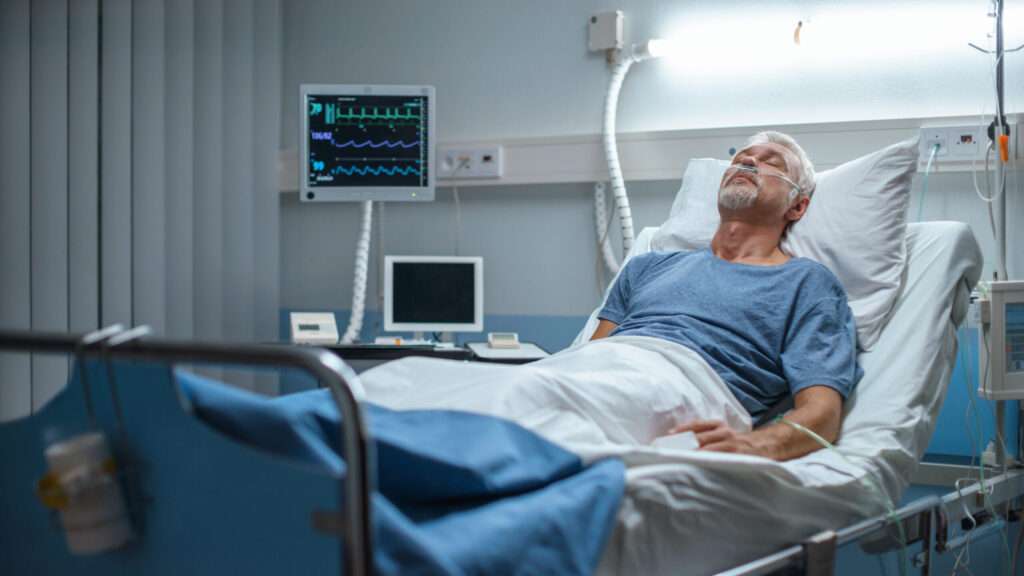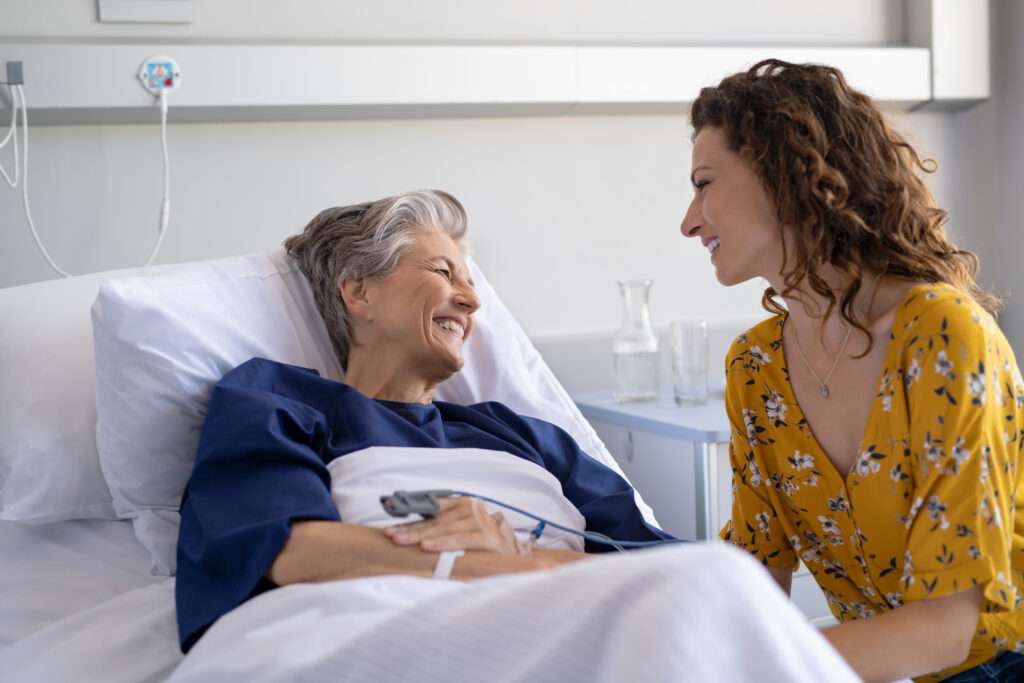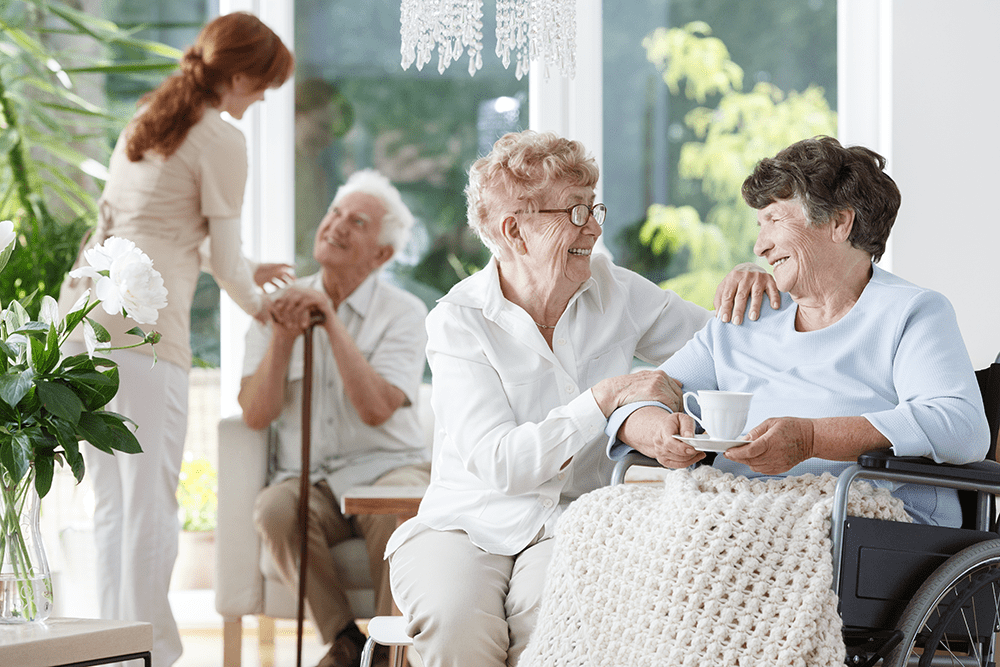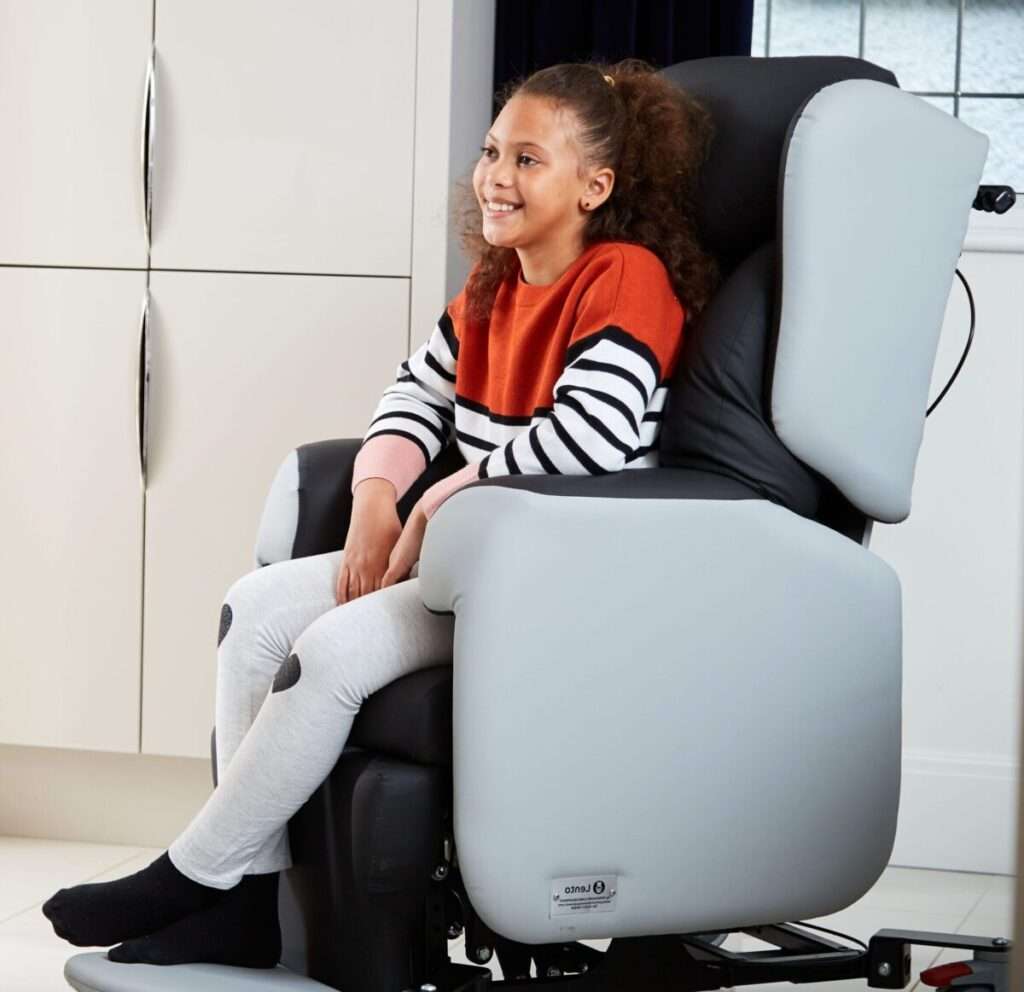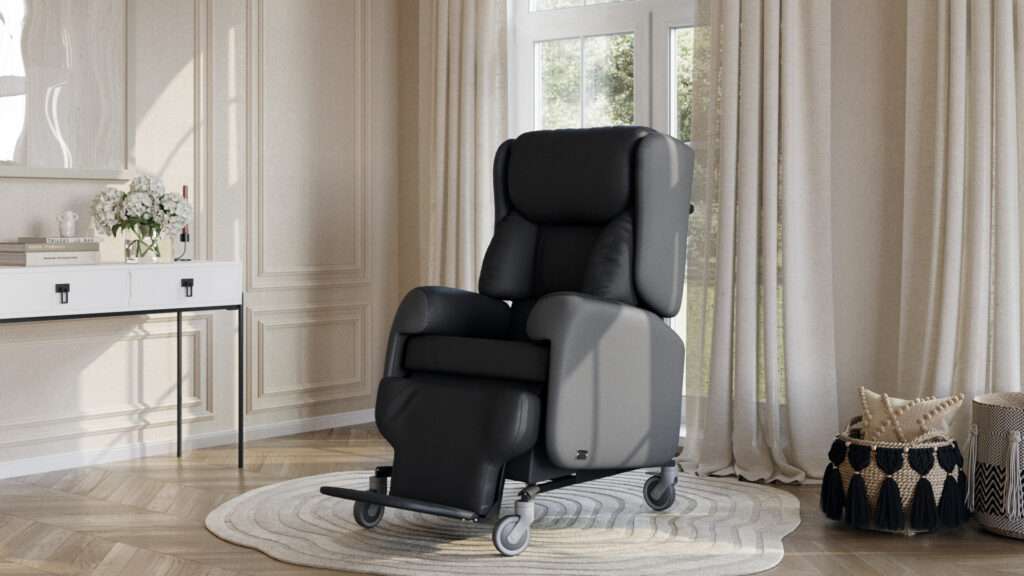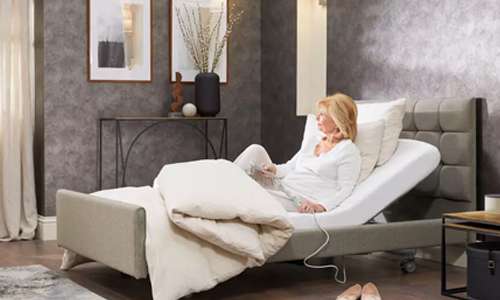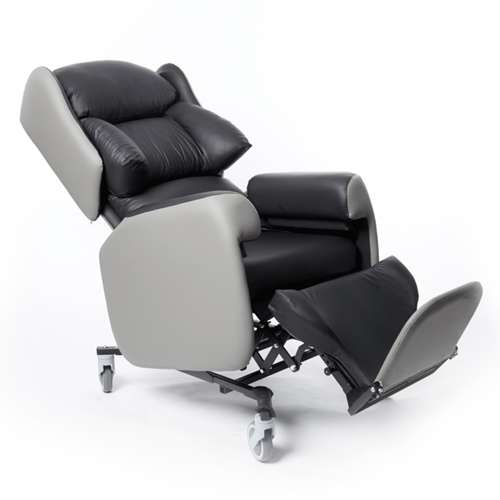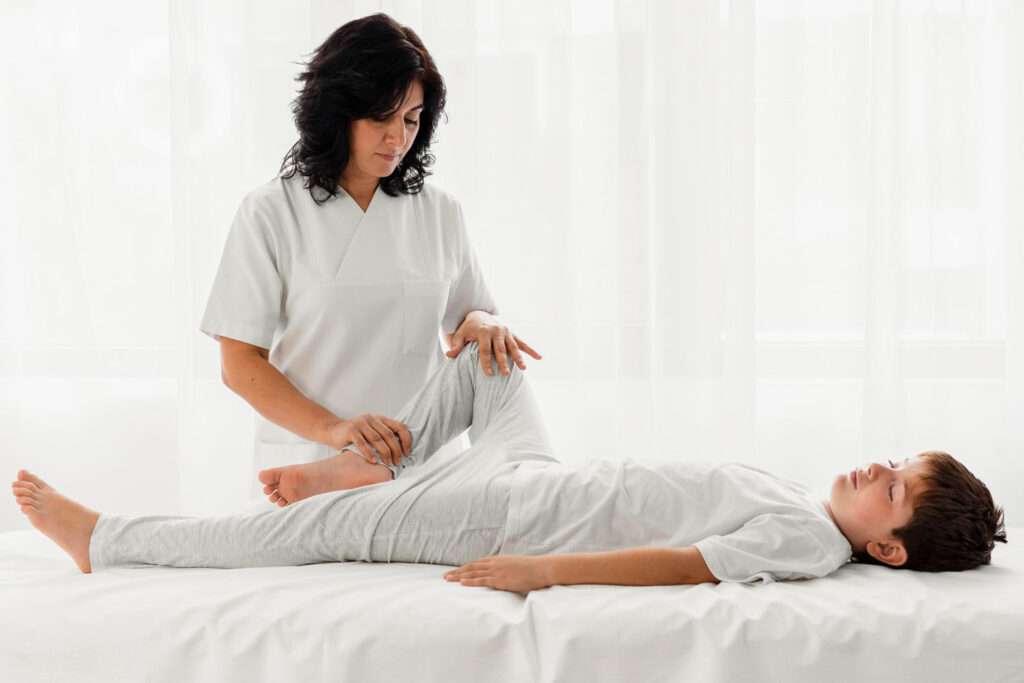Bed blocking in NHS hospitals has become a pressing issue, causing delays in patient care and putting strain on the healthcare system. But what if the solution lies in something as simple as having the appropriate equipment?
What is ‘Bed Blocking’?
Bed blocking occurs when patients who are medically fit for discharge are unable to leave the hospital due to a lack of available resources or support in the community.
Across UK hospitals:
- 1 in 6 patients is ‘medically fit to leave, and this number is only growing.
Patients staying in hospital for three weeks or more when they are medically fit to leave rose from:
- An average of 2350 in October 2020 to 6390 patients in December 2022.
- 25% of all delayed discharge patients in hospital are waiting for an appropriate care package at home
- A further 22% of delayed discharge patients are waiting for a short-term bed, for example for rehabilitation.
This not only leads to a shortage of beds for incoming patients but also results in increased healthcare costs and compromised patient outcomes.
Addressing the issue of bed blocking requires a multi-faceted approach, but one key aspect that often goes overlooked is the role of appropriate equipment.
By ensuring that hospitals have the right tools and resources in place, bed blocking can be significantly reduced, improving patient flow and overall efficiency.
In this article, we will explore how investing in appropriate equipment can make a major difference in tackling the bed blocking crisis in NHS hospitals.
How Can Bed Blocking Be Fixed?
By ensuring that NHS hospitals have the appropriate equipment in place, such as home care aids, medical equipment, and community support services, bed blocking can be reduced.
When patients have access to the necessary resources and care outside of the hospital, they can be safely discharged, freeing up beds for other patients who require hospitalisation.
This not only improves the overall efficiency of healthcare services but also ensures that patients receive the appropriate level of care in the most suitable setting and can help free up beds for patients who require acute care or surgery, reducing bed blocking.
The Role of Appropriate Care Equipment:
Additionally, appropriate patient care equipment can improve patient outcomes and promote faster recovery. For example, using equipment like pressure-relieving mattresses can help prevent pressure ulcers, which can lead to prolonged hospital stays.
Moreover, having the right equipment can facilitate safe and timely discharge. When patients have access to assistive devices like riser reclines & care chairs, walking aids or home adaptations, they can be discharged earlier with appropriate support in place, reducing the risk of bed blocking.
Furthermore, implementing technology solutions can also contribute to reducing bed blocking.
For instance, having digital systems that track equipment availability and facilitate efficient equipment management can ensure that the right equipment is readily accessible when needed.
The Right Care Equipment Can Facilitate Hospital Discharge:
Appropriate equipment can play a significant role in reducing bed blocking in NHS hospitals by improving efficiency and patient flow. Here are a few ways in which it can help:
Mobility aids:
Providing patients with mobility aids such as wheelchairs, walking frames, or crutches can enable them to move around independently or with minimal assistance. This helps prevent unnecessary bed occupancy by patients who are medically fit for discharge but require assistance in their mobility.
Hoists and Transfer Equipment:
Discharge ready hospital patients with limited mobility may require assistance in transferring from their bed to other areas, such as the bathroom or therapy rooms.
Having appropriate hoists and transfer equipment in place can facilitate safe and efficient transfers, reducing the time patients spend in bed.
There are several benefits to having access to hoists and transfer equipment for patient discharge from the hospital.
1. Safety:
Hoists and transfer equipment are designed to ensure the safety of both the patient and the healthcare professionals involved in the transfer process.
These devices are equipped with features such as straps, harnesses, and stabilising mechanisms to prevent falls and injuries during transfers.
2. Comfort:
Transferring a patient from a hospital bed to a wheelchair or vice versa can be a physically demanding task. Hoists and transfer equipment make the process much smoother and more comfortable for both the patient and the healthcare provider.
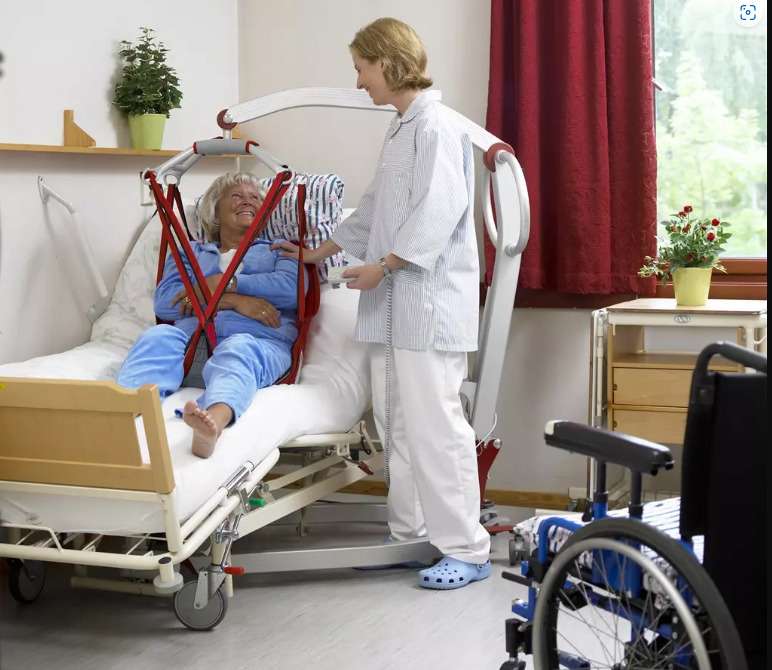
Mobile hoists use a sling as a ‘hammock’ to lift the person.
These moving and handling devices are designed to minimise strain and exertion, reducing the risk of discomfort or pain for the patient.
3. Independence:
For patients with limited mobility or physical disabilities, hoists and transfer equipment can provide a greater sense of independence. Using a hoist allows patients to participate in the transfer process, giving them more control over their movements and reducing their reliance on others for assistance.
4. Efficiency:
Using hoists and transfer equipment can significantly improve the efficiency of patient discharge from the hospital. The time and effort saved by simplifying the transfer process allows healthcare professionals to focus on other aspects of patient care.
5. Reduced risk of complications:
Manual transfers can pose a risk of complications, such as pressure ulcers or musculoskeletal injuries for care staff. Hoists and transfer equipment minimise these risks by providing a controlled and stable transfer environment.
Overall, access to hoists and transfer equipment for patient discharge from the hospital brings numerous benefits, including enhanced safety, comfort, independence, efficiency, and reduced risk of complications. These devices play a crucial role in ensuring a smooth and successful transition from the hospital to home or another care setting.
Home Care Equipment:
When patients are ready for discharge but may still require some level of support, appropriate equipment like adjustable beds, shower chairs, or commodes can be provided for use at home.
This ensures that patients can be discharged promptly and receive the necessary care in their own homes rather than occupying a hospital bed unnecessarily.
Telehealth and Remote Monitoring Devices:
Utilising telehealth technologies and remote monitoring devices can help healthcare professionals monitor patients’ conditions remotely and intervene when necessary. This can minimise the need for hospital admissions or allow for earlier discharges, freeing up beds for patients who require acute care.
Efficient Patient Transport Systems:
Having efficient patient transport systems within the hospital, such as dedicated portering teams or timely ambulance services, can facilitate the smooth movement of patients between different areas, reducing delays in transfers or admissions and preventing bed blocking.
By ensuring that the appropriate equipment is available and utilised effectively, NHS hospitals can improve patient flow and reduce the time patients spend in hospital beds, thereby helping to alleviate bed blocking and optimise the healthcare system’s capacity.
Summary:
In conclusion, by providing appropriate equipment to patients, NHS hospitals can reduce bed blocking and improve patient care. This approach not only enhances patient outcomes and promotes independence but also optimises the utilisation of healthcare resources.
Key Takeaways:
– Bed blocking in NHS hospitals is a growing issue that causes delays in patient care and strains the healthcare system.
– One overlooked solution to address bed blocking is investing in appropriate equipment, such as home care aids, medical equipment, and community support services.
– Appropriate equipment can reduce bed blocking by improving patient flow, promoting faster recovery, and facilitating safe and timely discharge.





